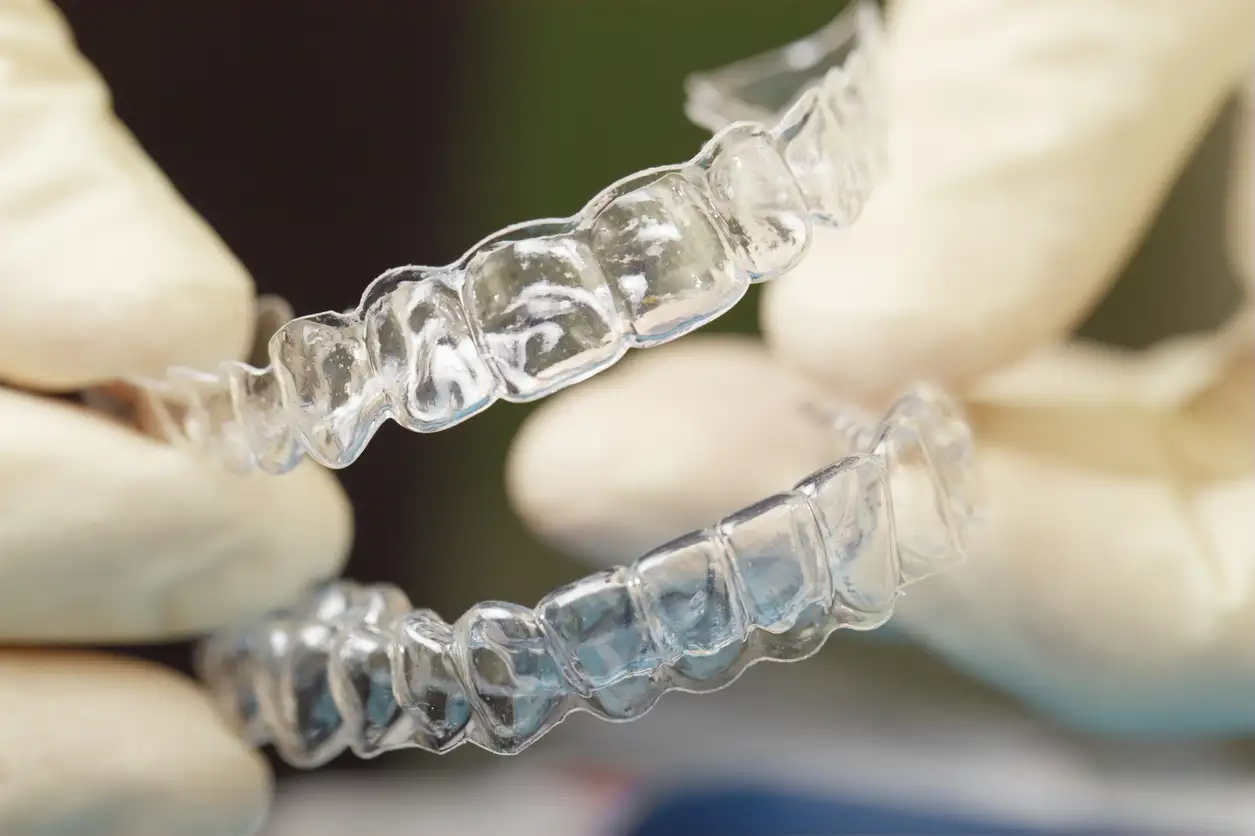Considering Dental Implants? What You Should Know
Dental implants have revolutionized restorative dentistry by offering a permanent solution for missing teeth. Unlike traditional dentures or bridges, implants provide an option that looks, feels, and functions like natural teeth. Before making this significant investment in your oral health, understanding what dental implants involve—from the procedure itself to recovery expectations and financial considerations—can help you make an informed decision about whether they're right for you.

Dental implants represent one of modern dentistry’s most significant advancements, providing a long-lasting solution for missing teeth. These titanium posts surgically placed into the jawbone create a stable foundation for replacement teeth. If you’re considering dental implants, it’s important to understand what they involve, who might benefit from them, and what to expect throughout the process. This comprehensive guide covers everything you need to know before making this important dental health decision.
What Are Dental Implants and How Do They Work?
Dental implants are artificial tooth roots made primarily of titanium that are surgically positioned into the jawbone beneath the gums. Once in place and after a healing period, these implants fuse with the bone through a process called osseointegration, creating a sturdy base for mounting replacement teeth.
A complete dental implant consists of three parts: the implant (titanium post), the abutment (connector), and the crown (the visible part that resembles a natural tooth). This three-part structure mimics natural tooth anatomy, with the implant replacing the root and the crown replacing the visible portion of the tooth.
What makes dental implants particularly effective is their integration with living bone. Unlike dentures or bridges that sit on top of the gums, implants become part of your jaw structure, preventing bone loss that typically occurs when teeth are missing.
Who Might Consider Implants?
Dental implants aren’t suitable for everyone, but they can be life-changing for many patients. Good candidates for dental implants typically include:
- People with one or more missing teeth
- Those with adequate bone density to support implants (or who are candidates for bone grafting)
- Individuals with healthy gum tissue free from periodontal disease
- Patients who cannot or do not want to wear removable dentures
- Non-smokers, or those willing to quit during the implant process
- People without health conditions that might affect bone healing
Age is less of a factor than overall health—implants have been successfully placed in patients from young adults to seniors. However, implants are generally not recommended for children whose jawbones are still developing.
If you have significant bone loss, you may still be a candidate after undergoing bone grafting procedures to rebuild adequate jaw structure.
The Implant Procedure Step by Step
The dental implant process typically spans several months and involves multiple stages:
-
Initial consultation and planning: Your dentist will conduct a thorough examination, take X-rays, and possibly 3D scans to assess your oral health and bone structure. A customized treatment plan is then developed.
-
Preparatory procedures: Some patients may need tooth extractions, bone grafting, or gum disease treatment before implant placement. These procedures ensure a healthy foundation for the implant.
-
Implant placement surgery: The oral surgeon places the titanium implant into the jawbone. This outpatient procedure is typically performed under local anesthesia, sometimes with sedation.
-
Healing and osseointegration: This crucial phase lasts between 2-6 months, during which the implant fuses with the surrounding bone. A temporary restoration might be placed during this period.
-
Abutment placement: Once osseointegration is complete, a small connector (abutment) is attached to the implant, which will hold the new tooth.
-
Crown placement: Finally, a custom-made crown is attached to the abutment, completing the restoration with a natural-looking tooth.
The entire process typically takes 3-9 months, depending on individual healing times and whether preparatory procedures are needed.
Benefits of Dental Implants
Dental implants offer numerous advantages over traditional tooth replacement options:
Improved appearance and confidence: Implants look and feel like natural teeth, providing a seamless smile restoration that can boost self-esteem.
Enhanced comfort and function: Unlike removable dentures, implants become a permanent part of your mouth, eliminating discomfort and improving chewing efficiency by up to 90% compared to dentures.
Preservation of bone structure: When teeth are missing, the jawbone begins to deteriorate. Implants stimulate bone growth and prevent bone loss, maintaining facial structure.
Longevity and durability: With proper care, dental implants can last decades or even a lifetime, making them a cost-effective solution long-term.
Protection of adjacent teeth: Unlike traditional bridges that require grinding down neighboring teeth, implants stand independently without affecting healthy teeth.
Improved oral health: Implants allow easier access between teeth for brushing and flossing, promoting better overall oral hygiene.
Understanding the Cost of Dental Implants
Dental implants represent a significant investment in oral health. The cost varies widely depending on several factors, including geographical location, the dentist’s expertise, the number of implants needed, and whether additional procedures like bone grafting are required.
On average, a single dental implant in the United States can cost between $3,000 and $5,000. This typically includes the implant, abutment, and crown. Full-mouth restorations using implant-supported dentures or full arch solutions can range from $20,000 to $50,000 per arch.
| Procedure | Average Cost Range | What’s Included |
|---|---|---|
| Single Implant | $3,000-$5,000 | Implant, abutment, crown |
| Implant-Supported Bridge (3 teeth) | $8,000-$15,000 | Multiple implants, abutments, bridge |
| Full Arch Restoration (All-on-4) | $20,000-$30,000 per arch | 4-6 implants, complete prosthesis |
| Bone Grafting (if needed) | $600-$2,500 | Grafting material, procedure |
| CT Scan/3D Imaging | $300-$500 | Diagnostic imaging |
Prices, rates, or cost estimates mentioned in this article are based on the latest available information but may change over time. Independent research is advised before making financial decisions.
Many dental insurance plans provide partial coverage for implants, typically 50% up to a maximum annual limit. Financing options such as healthcare credit cards, payment plans through dental offices, and health savings accounts (HSAs) can help make implants more affordable.
When comparing costs, consider the long-term value. While the upfront investment is higher than bridges or dentures, implants’ durability often makes them more cost-effective over time, as they rarely need replacement.
Conclusion
Dental implants offer a sophisticated, long-lasting solution for missing teeth that closely mimics natural tooth function and appearance. While the process requires patience and represents a significant investment, the benefits—including improved oral health, preserved bone structure, and enhanced quality of life—make implants worth considering for many patients.
The decision to proceed with dental implants should involve careful consultation with dental professionals who can evaluate your specific situation. By understanding the procedure, benefits, limitations, and costs associated with dental implants, you can make an informed choice about this potentially life-changing dental treatment.
This article is for informational purposes only and should not be considered medical advice. Please consult a qualified healthcare professional for personalized guidance and treatment.




